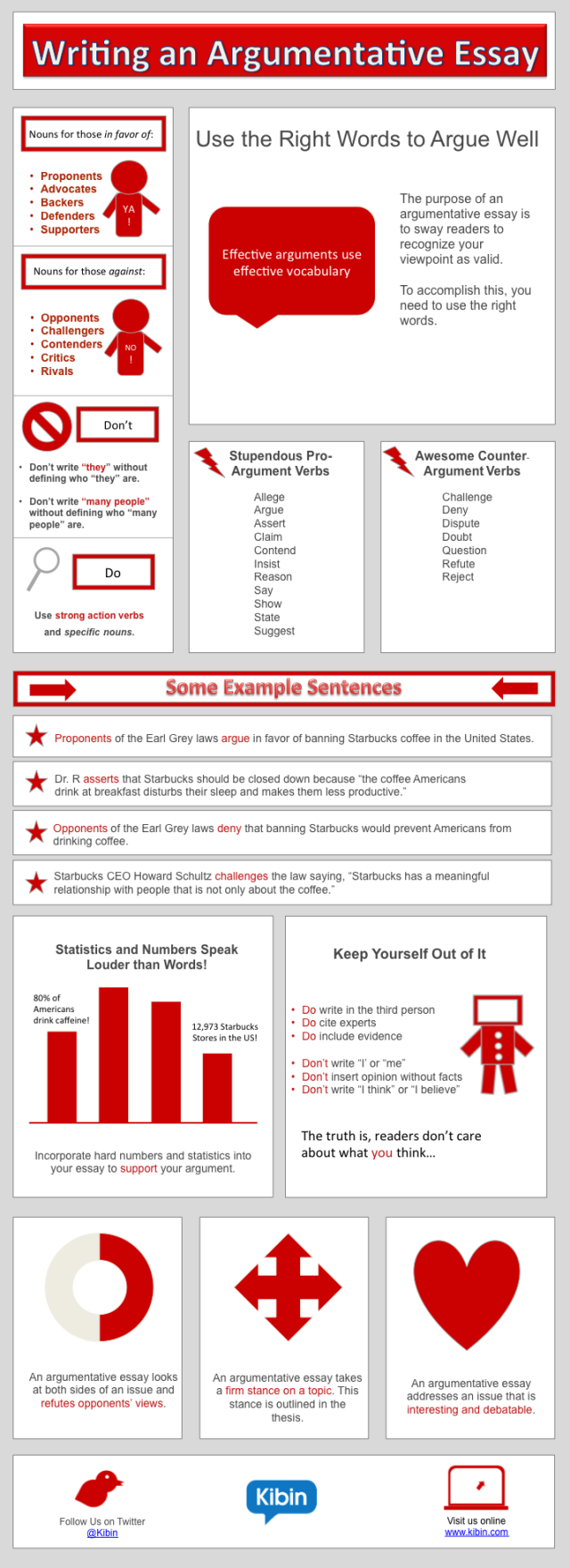
Monthly Archives: January 2017
Writing Assignment #2: Analyzing Speech Rhetoric
Take a look at this link to a handful of famous speeches and decide on one that you’d like to analyze. I’d suggest looking at the information below each one–there are some good pointers for things that will help you in analyzing why the speech/the speaker’s argument works. I want you analyze your chosen speech, and come up with a few things (around 200-300 words, so only a handful of sentences) about why the rhetoric in the speech works, anything you see the speaker employing to help boost their speech’s argument, etc. I’m not setting any strict guidelines, because analysis is up to the individual. There really is no right or wrong way of approaching it.
Again, just submit your writing response as a comment on this blog.
Link: CLICK ME!
First blog response/writing assignment: 1.20.17 HW
Hooray! It’s your very first writing assignment. Congrats on getting through week two of school.
Read the article: “Why We Love Weird Fairy Tales” (http://lithub.com/why-we-love-weird-fairy-tales/#)
Afterwards, look back on the list of characteristics that are found in arguments (pp. 120-21 in your textbook – scanned copies of this are up on Moodle FYI), and point out a few that you think are represented in the article. You may also discuss any or some that you think are absent in the article. This will require a few brief examples from the article. Your posts should be 3-4 sentences in length.
Article for Friday:
Read this article by Friday (1.13)
ENGL 2000, Section 062 – English Composition (with loose themes of “Magical Thinking”) – Mary B. Sellers
Hello class!
This blog will serve as our cyber “base” for links, files, and other resources found online. I will update this regularly and alert you to when I do so. Think of this as a fun experiment – I believe that having our class create its own online community of sorts will serve us well in this semester’s exploration of English, and the composition of it.
I have loosely based this class around what I like to call “Magical Thinking”. This is a malleable term. People use and apply it to what they wish, so there are several “versions” or definitions of it out there. However, I will establish its own definition for class: when considering “Magical Thinking”, I will include sources from the surreal, the fairy tale, the fable, magical realism, the fantastical, and the speculative. So, as you will see, this is quite a broad definition.
I chose to apply the concept of “Magical Thinking” as a theme to my teaching of English Comp. because I think it will prove an interesting vessel in which to explore our language and how we make it. The fable or the surrealistic painting, for example, are both based on the strengths of their images and/or ideas. Sometimes, in the surreal, these images are warped in order to surprise, to reflect upon, to subvert the expected; also: the fable would fail without the sturdiness of the moral (or lesson), behind it.
These images and ideas are the backbones to these related genres. What is magic without the writer’s ability to successfully argue for our belief in it? Hm. Things to ponder these next few months…
Of course, we’ll be considering a wide variety of material. I don’t want to scare you into thinking that you’ve accidentally signed up for “The Fairy Tale” instead of English Composition. Instead, “Magical Thinking” is merely a lens we’ll use from time to time to examine things with. I hope this will be beneficial to us all.
One last thing: some of you might recognize the painting that I chose for our blog’s header. In fact, it’s one of the most famous surrealist paintings in history: “The Persistence of Memory” by Salvador Dali. Most art critics believe it to represent the subconscious and how time, as we humans know it, is meaningless. We’ll be taking a look at a couple of other well-known surrealist paintings later on, as a way to study and interpret rhetoric. More on that later.
First blog post
This is your very first post. Click the Edit link to modify or delete it, or start a new post. If you like, use this post to tell readers why you started this blog and what you plan to do with it.

You must be logged in to post a comment.